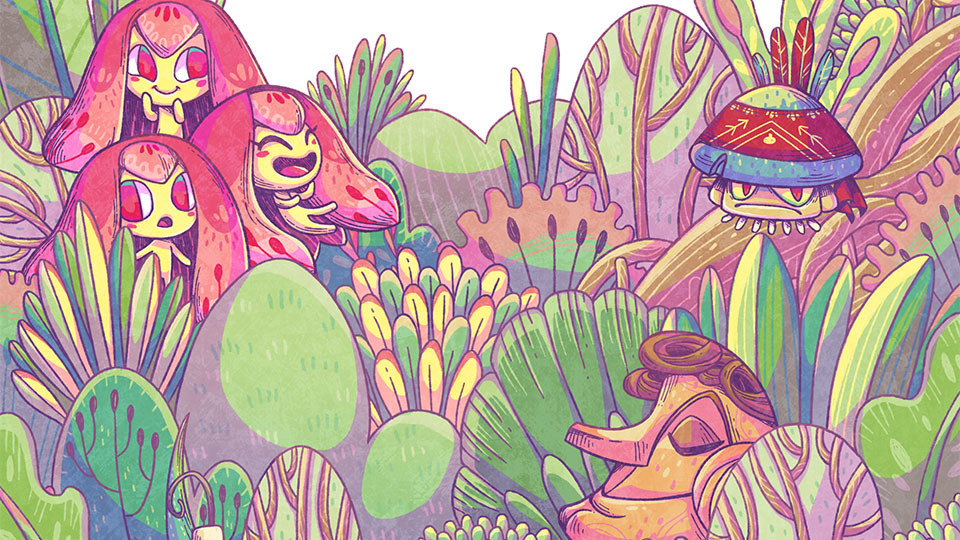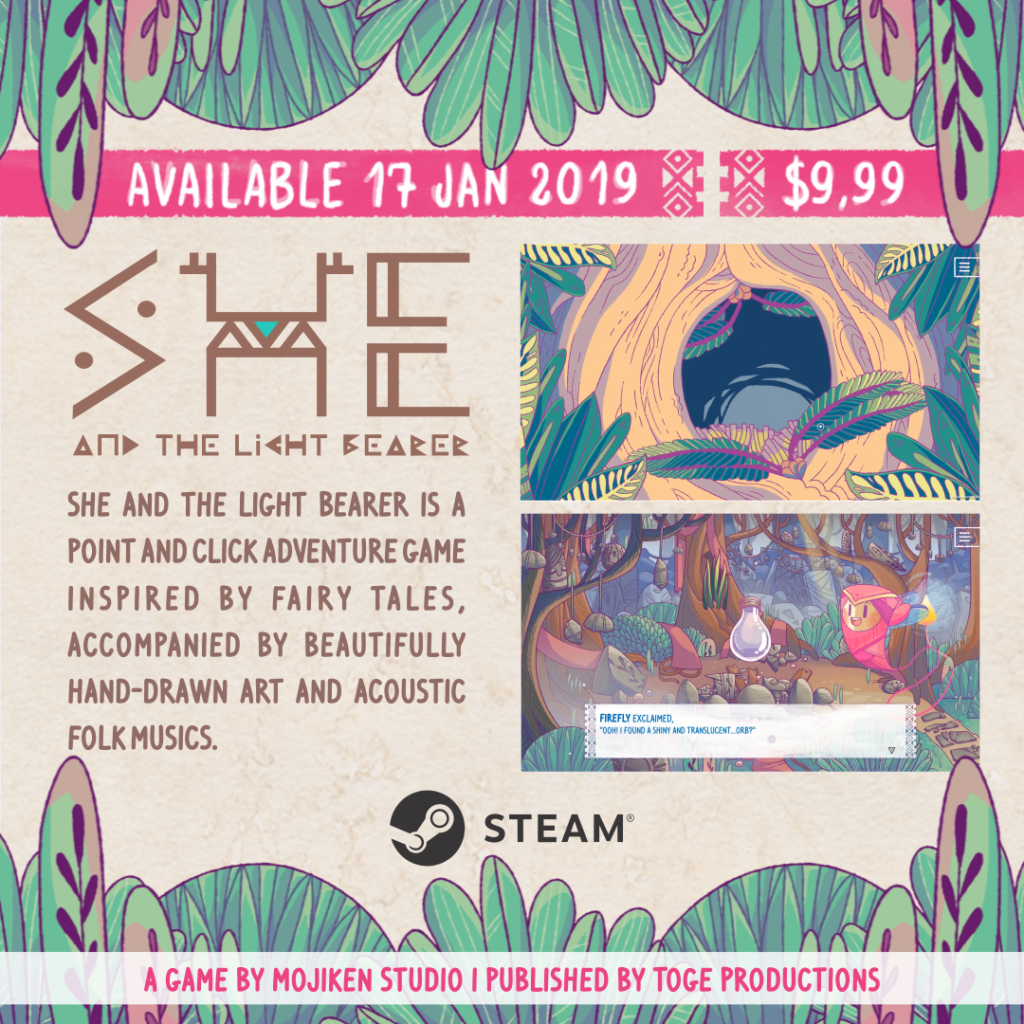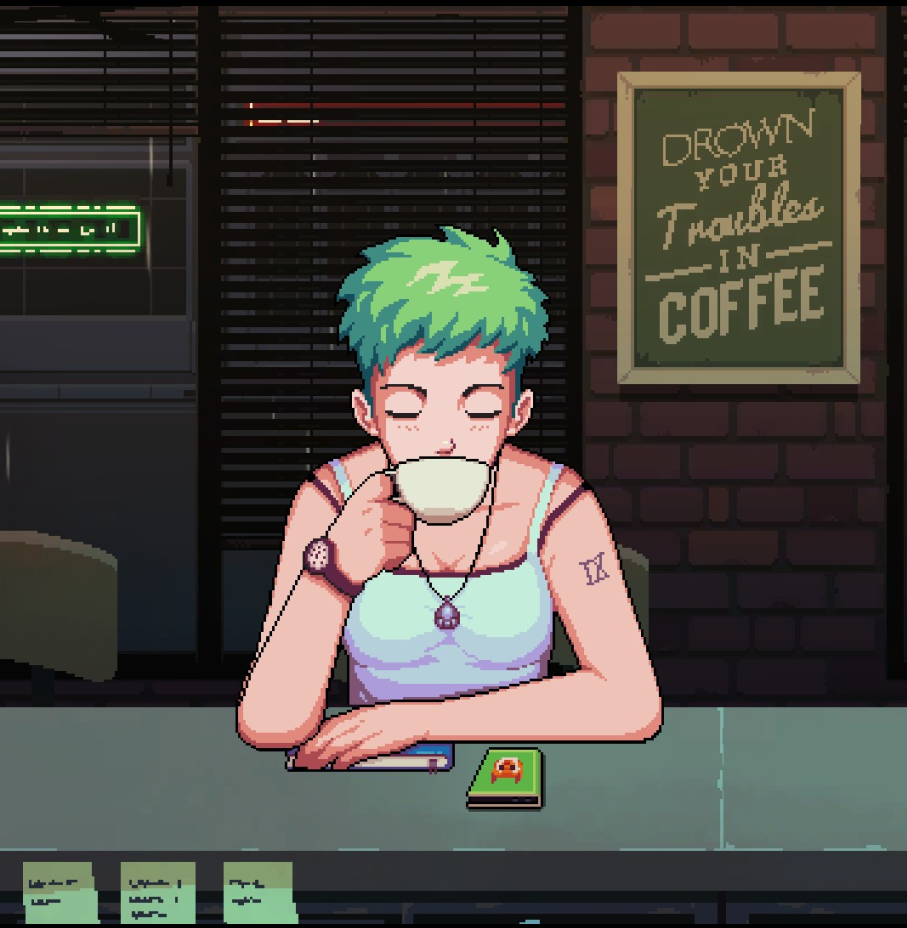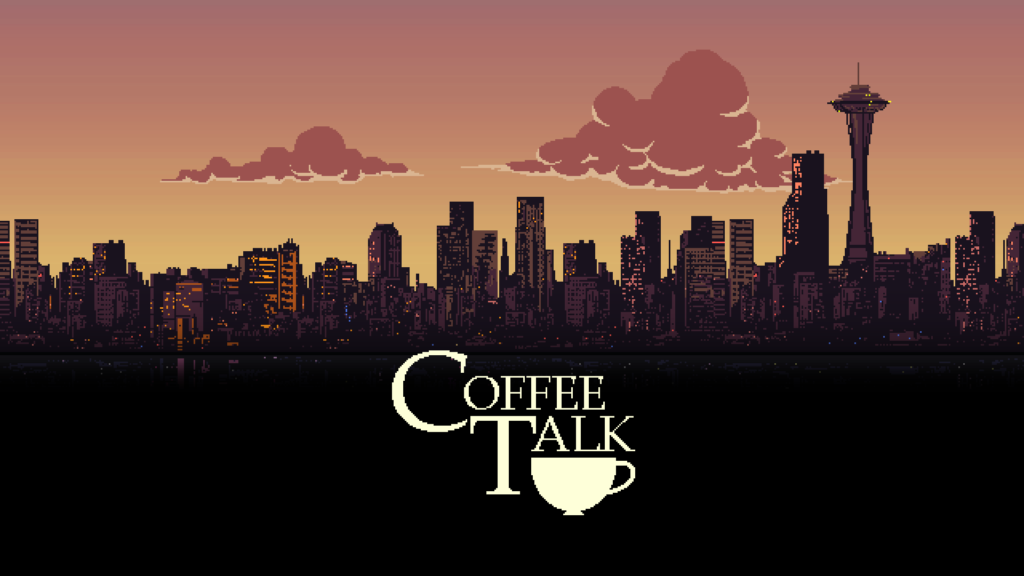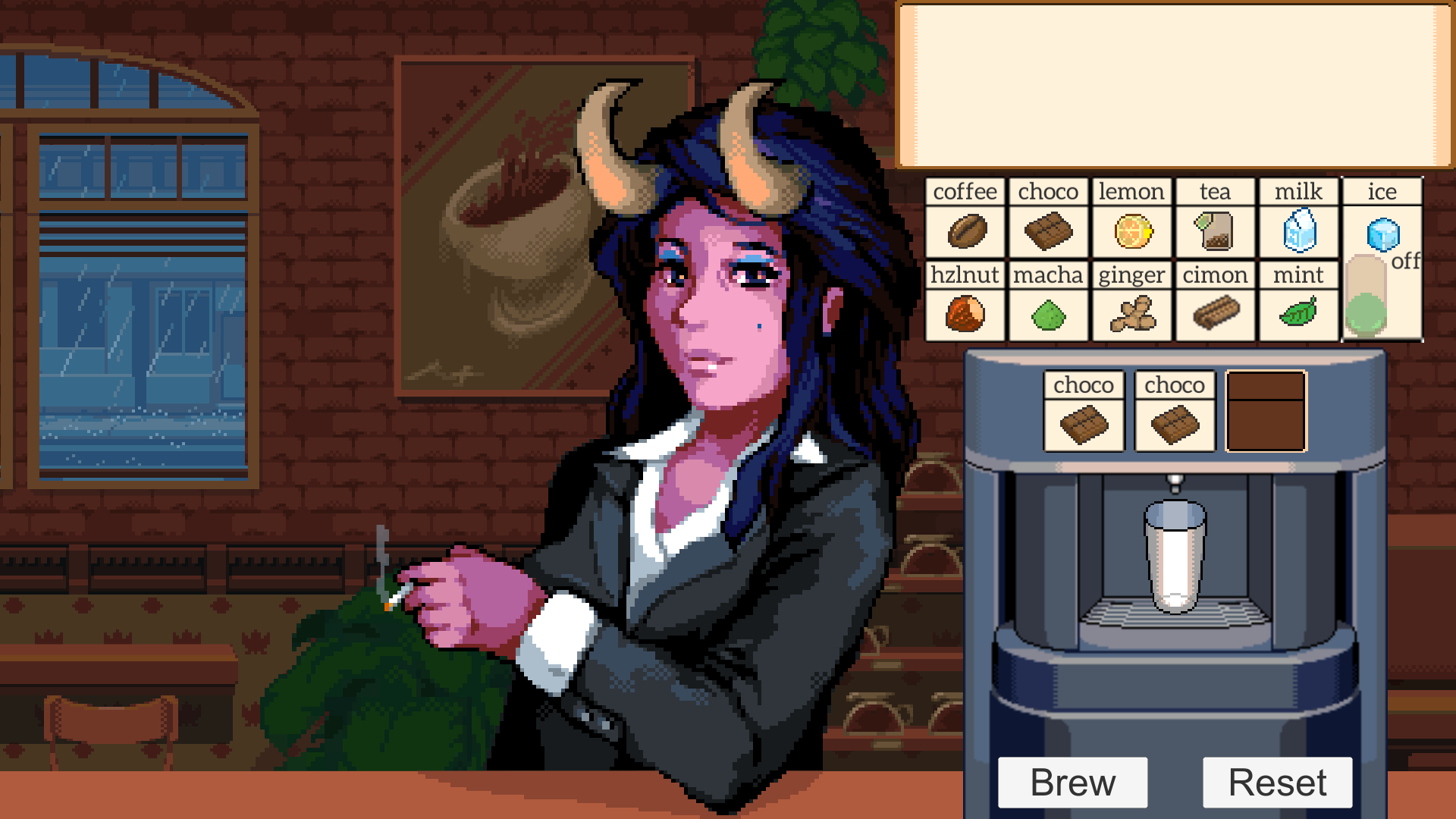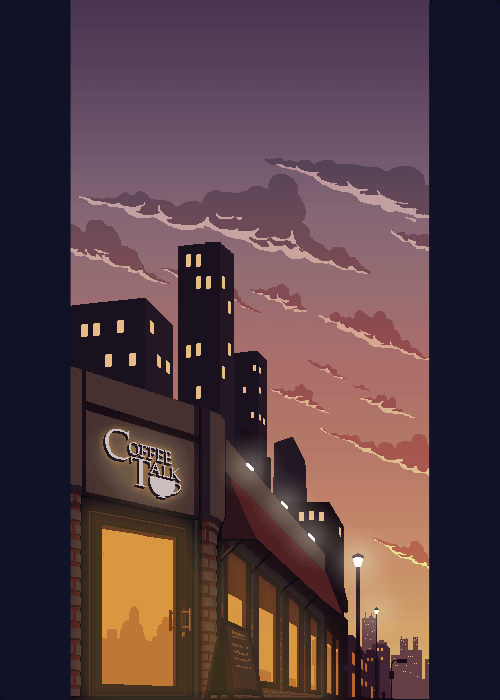
Feb 6, 2019
Coffee Talk - shelicopter

Hello everyone! I’m Sheli, your go-to PR person and Community Manager of Toge Productions. If you have anything to say or discuss about our games, just hit me up. I’ll be happy to answer!
Now before we get into the topic, I want to share a little bit of nostalgia here. Before I joined Toge Productions, I have had the chance to try the demo of Coffee Talk in an event. At that time, I remember that I can’t wait to see more of the game; to hear the stories of all the characters. That is why I would like to dig deeper into the aspect that has got me intrigued since the first time I encountered this game, until today that I have the opportunity to be involved during the last part of development: Coffee Talk’s character design & development.
https://steamcommunity.com/games/914800/announcements/detail/1694929321637602438
For the case of story-driven games, it is fair to say that the characters play a vital role because they brought life to the game itself. The same goes to Coffee Talk. As the game relies heavily on narrative, the characters exist to play out the story. Through them, the players could immerse themselves into the story and chill vibe that is in the game.
To talk about character design in Coffee Talk, we’re going to need to call the expert: the game’s lead artist & character designer: Dio Mahesa!
Here in Indonesia, we have a famous proverb: “you can’t love what you don’t know” (or in this case, who you don’t know). So, here are some little trivia about our artist, to help you know him better: Dio started doing his job professionally in 2010 by taking freelance works. He was an IT student back then, but drawing has been his hobby for a long time. He then started doing pixel art since 2012 as he joined Toge Productions. You can check out his pixel artworks on his Instagram.
Well then, without further ado, let’s start our interview with Dio!
1. Who is the first character you worked on as Coffee Talk's character designer?
The very first character I made was definitely Freya, and the story behind Freya is quite unique. At the beginning of the development, besides creating environments and UIs and all other stuff, I'm also in charge of creating characters. What I did was doodling several random faces of female characters in various races, and Freya came up as my favorite character, and Fahmi (the Game Director) liked it too. After several discussions, we decided to continue developing that character based on the doodle. The development itself has been changed many times, so the first Freya looked entirely different from her current appearance, especially on her outfit and her hair color.

Concept sketch

Freya’s initial design
2. Is there any character that you're really fond of?
Jorji might be the one I like the most. I personally write the characteristics of Jorji (while others are written by Fahmi), where I wanted a character that pretty tired, worn-out policeman, which knows a lot of stuff and actually is a funny person. I imagined him being your go-to guy when it comes to the gossip around the corner.

Jorji the policeman
3. How long does it take to design a character in Coffee Talk, and what are the steps?
The first step was to look at the description written by Fahmi. Usually, I require descriptions as clear as possible, starting from the personalities, the costume, and overall appearance. After that, I started to create sketches. I usually throw the sketches on our closed group, waiting for feedback from the team. When everyone's cool with the design, I start to "render" the pixel art. It can take a day or two to turn the design into pixel art assets completely, depends on how complex the character's design and animation is. Then I will put them into Spine to create the animations, usually taking another day. So… It’ll take like 3-4 days a character?

Lua’s character progression
4. Which character has undergone many changes from their initial design?
Pretty simple answer, it would be Baileys. The Baileys we show in our build on itch.io is completely different compared to the current one. The former Baileys wasn't looked as douche as he should be back then, but the character development was being rushed due to our target to publish a vertical slice build, so the design itself wasn't designed well. After we finally published the vertical slice build, I revisit the design and he looked completely different now.

Baileys’ then

Baileys’ now
5. What inspires you to finally decide on the current art direction for the characters?
To be honest, it came from the team, not only from me. We all like 90s anime, thus we are trying to give the 90s vibe by referring Cowboy Bebop, Ghost in the Shell, and Neon Genesis Evangelion. We make Coffee Talk's color scheme brown-ish, with low saturation tone. The design of the characters then follows the game’s vibe, including their color palette so that they could come together nicely.
Some part of the game, such as the intro cutscenes, also took some cues from PC-98 games art direction. Hence why some of the cutscenes in the game were showcased in a small frame with black background, giving some kind of nostalgia of how classic games show story cutscenes. But we tried to combine those direction with the color palette mentioned above and some technical art features that definitely were not available during the era of PC-98 games.

Ghost in the Shell’s environment & Coffee Talk’s (drawn by Hendry Roesly)

PC-98’s environment & Coffee Talk’s (also drawn by Hendry Roesly)
That concludes our interview with Dio!
Now we can say that character design is not just a walk in a park. Each character has its own complexity, and each can underwent different development. Until today, the design for all Coffee Talk characters is already complete. There are many more characters with exciting stories waiting for you there, so make sure to play the game; coming soon in 2019.
In the meantime, you can wishlist the game, and don’t forget to try the demo as well if you haven’t.
https://store.steampowered.com/app/914800/Coffee_Talk/
Thank you for your visit. Please come again!




